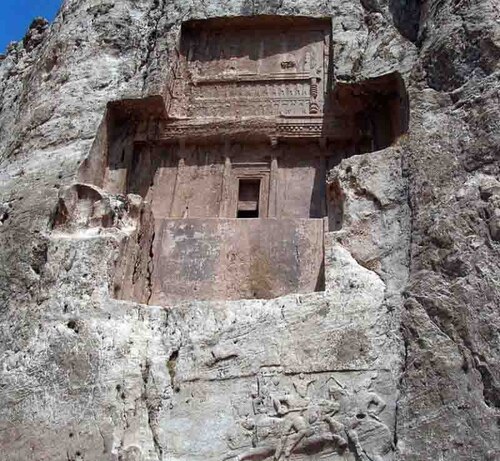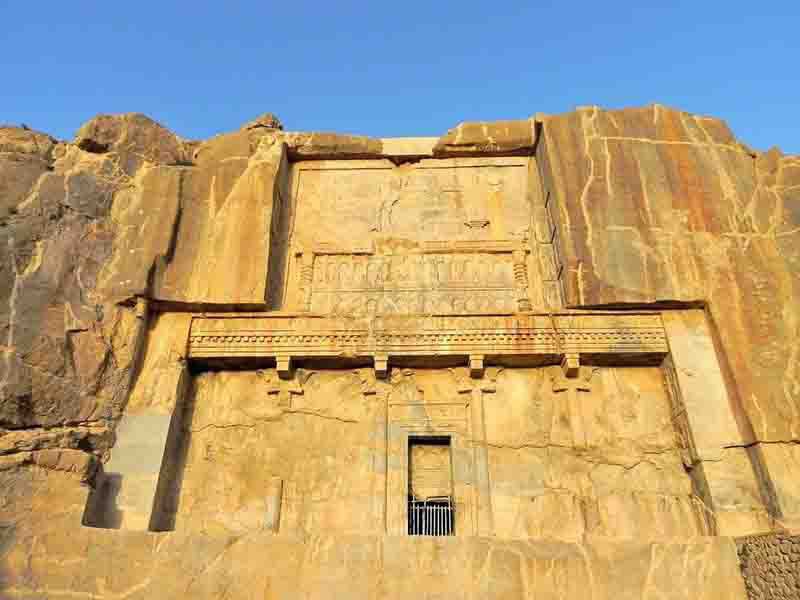Kal Dawud Tomb chamber or Dukani Dawud is a stone and historical tomb located three kilometers southeast of Sarpel Zahaw town and Kal Dawud village in Kermashan province in the East part of Kurdistan. The history of this tomb dates back to the Median period, 2700 years ago; some sources suggest that this tomb was the tomb of Ishtovigo or Astyages. Kal Daw is the first Tomb chamber discovered in the East part of Kurdistan.
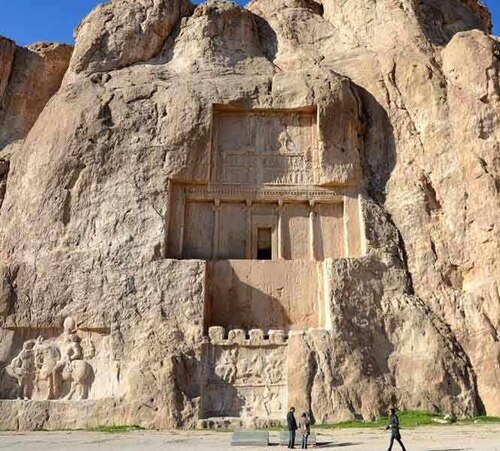
The historical Tomb chamber of Dukani Dawud is located 100 kilometers from Kermashan towards Sarpel and is known as Kal Daw by the local people. This tomb is carved nicely in the heart of a high rock. From the bottom up, it is hand-carved and this carving is difficult to access and very difficult for ordinary people to climb. At the foot of this high rock and grave, there is a Tomb chamber dedicated to the followers of the Yarsan religion, which proves that this place has been the burial place of the dead of the people of the region for the past 2700 years.
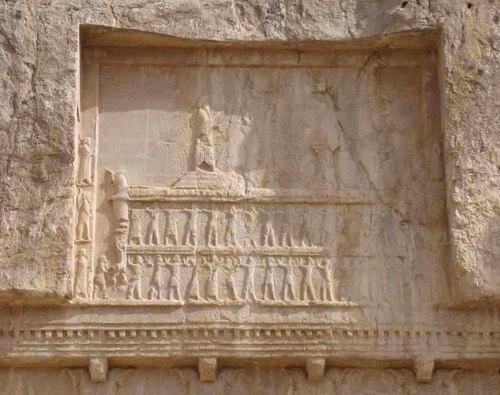
Kal Daw is a sacred place for the Yarsan people and they attribute the history of this monument to Daw Kawswar, who was one of the elders of the Yarsan people. The Yarsani followers of the area gather here on some days of the year to perform their religious ceremonies and do their prayers.
Another inscription, known as the “Great Inscription,” dates back to the third millennium BC. Kal Daw is one of the most important cemeteries in Kurdistan, named after the village of Kal Daw; the word Kal means door and entrance, and Daw means Dawud; followers of the Yarsan religion believe that the history of this grave dates back to Dawud Kawswar the elder and the greatest and most famous Yarsan.
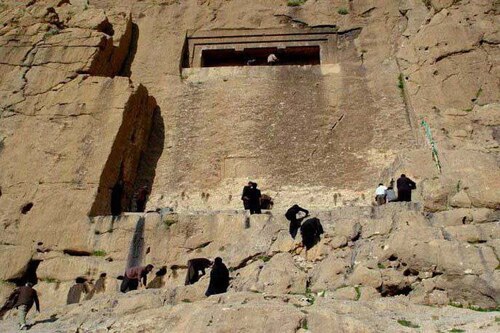
This Tomb chamber, like all Median graves, has a courtyard about 9.6 meters in front and 7.3 meters behind, 1.9 meters wide, and 2.6 meters high. The surroundings of this place are decorated with several beautiful stones. On either side of this stone tomb are the remains of two pillars that have collapsed over the years, leaving only their base and tops. The bases of these pillars are square. In the back wall of this courtyard, there is a 1-meter by 1.5-meter door that is the door to another room. This room measures 2.83 meters by 2.31 meters and is 2.18 meters high. There are five special arches on the walls of this room and it appears to have been the place where religious prays. To the lower left of this wall is a unique grave 70 centimeters deep.
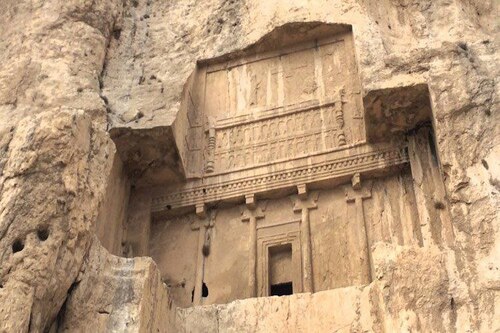
The cemeteries were special graves built as rooms and carved in the heart of stone. These should have been large enough for religious ceremonies to be held in them and for people to place their gifts there. Most of the cemeteries in the eastern part of Kurdistan belong to the Median period; these Kurdish graves were a more advanced form of Urartu art. Unlike the Urartu period, these graves have mostly stone inscriptions and the decoration of the courtyards and columns is specifically for these cemeteries. The architecture of the doors of the courtyards also varied according to the importance of the person buried there and even according to the year the grave was built.
This historical monument of Kurdistan was registered as a historical monument in 1932 by the Iranian state.
